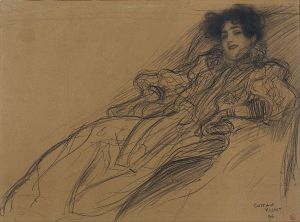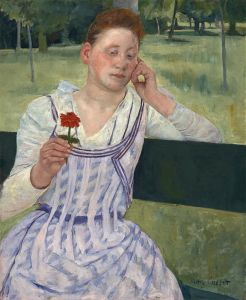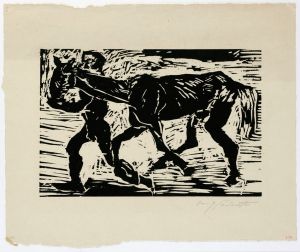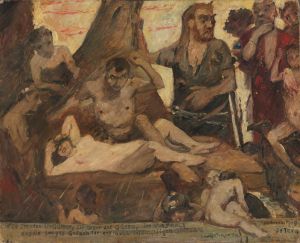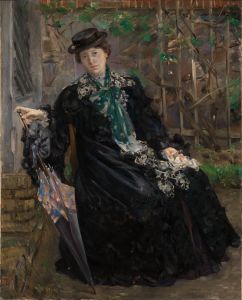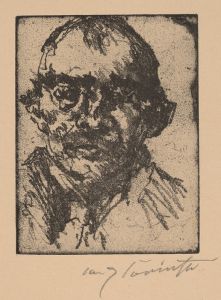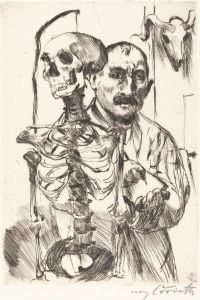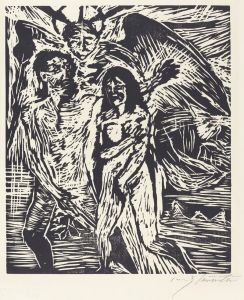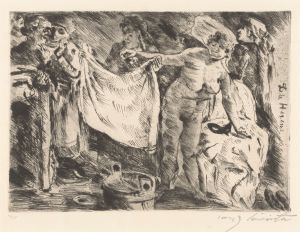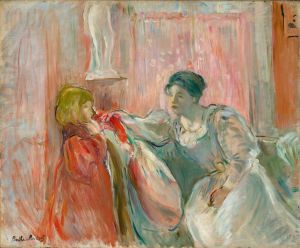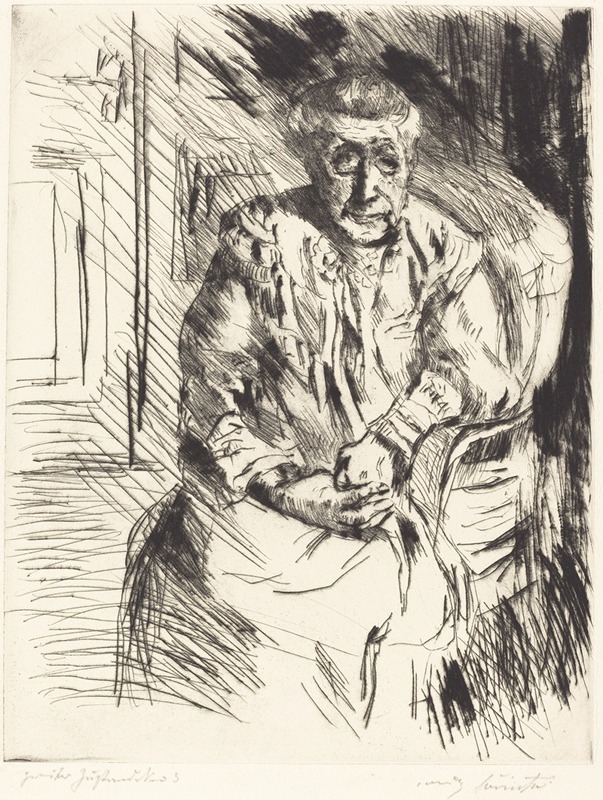
Mother-in-Law
A hand-painted replica of Lovis Corinth’s masterpiece Mother-in-Law, meticulously crafted by professional artists to capture the true essence of the original. Each piece is created with museum-quality canvas and rare mineral pigments, carefully painted by experienced artists with delicate brushstrokes and rich, layered colors to perfectly recreate the texture of the original artwork. Unlike machine-printed reproductions, this hand-painted version brings the painting to life, infused with the artist’s emotions and skill in every stroke. Whether for personal collection or home decoration, it instantly elevates the artistic atmosphere of any space.
Lovis Corinth's painting Mother-in-Law is a notable work by the German artist, created in 1886. Corinth, a prominent figure in the transition from Impressionism to Expressionism, was known for his vivid and dynamic style, often blending realism with emotional intensity. This particular painting is an early example of his work, completed during his academic training at the Academy of Fine Arts in Munich.
The painting depicts Corinth's mother-in-law, though specific details about her identity or her relationship with the artist are not widely documented. The artwork is characterized by its naturalistic approach, reflecting the academic traditions Corinth was immersed in at the time. The subject is portrayed with a sense of dignity and realism, emphasizing her facial features and expression. The muted color palette and careful attention to detail suggest Corinth's focus on capturing the essence of his sitter, a hallmark of his early portraiture.
Mother-in-Law is often cited as an example of Corinth's technical skill during his formative years. It demonstrates his ability to convey personality and character through portraiture, a skill he would continue to refine throughout his career. The painting also provides insight into the artist's development before he embraced the more expressive and dynamic techniques that defined his later works.
The current location of the painting is not widely documented in public records, and it is unclear whether it resides in a museum, private collection, or other institution. Despite this, the work remains an important piece in understanding Corinth's artistic evolution and his contributions to late 19th and early 20th-century art.
No additional speculative information about the painting or its subject is available.





